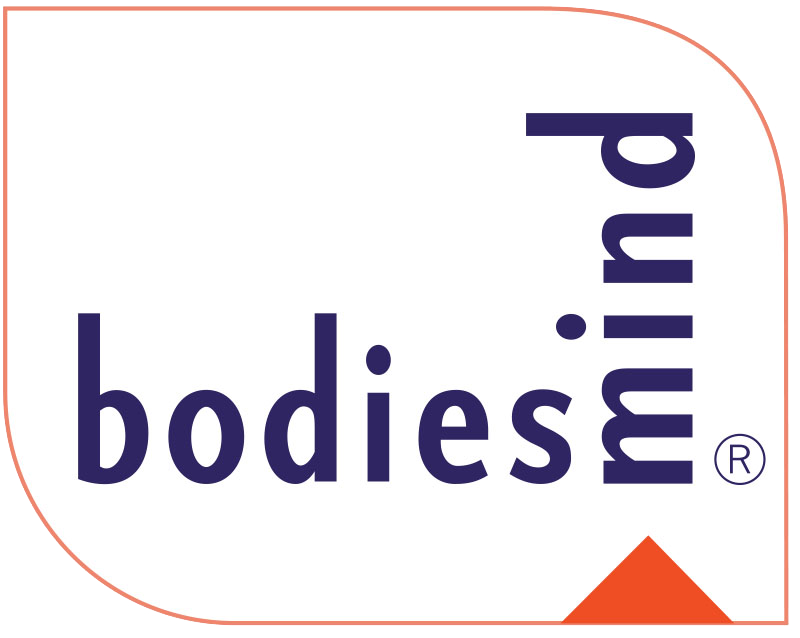Pilates by AIM Level 1 Online Curriculum Content
Our Approach
Let Pilates by AIM guide you back to your beginner’s mind - and advance our profession, your career, and your client’s health and happiness.
We followed the movement, and, through honoring our clients’ process, Joe Pilates’ kinesthetic genius was revealed. Pilates by AIM presents a new language - based in possibility not pathology - and a theory of human movement unique to our field. Come and learn how we applied our groundbreaking, original movement analysis model to the original work of Joseph H. Pilates. At first, our vantage point might cause a seasoned teacher’s head to spin, if they are used to working within the dominant “therapeutic/rehabilitation” context. However, with practice, fear-based strategies of separation are released and replaced with reciprocal, embodied conversation* skills (*an AIM term), as body-mind transformation emerges naturally, in safe, sound, and simple enough ways to begin a novice’s journey toward their unique kinesthetic genius and full movement potential.
The Pilates Method is amazing at finding the flow through whole body movement. Still, in our profession, disagreement on how to cue the spine continues. “Seasoned” teachers have been studiously led down the path of approaches borrowed from the fields of Physical Therapy and Fitness and many other fields, however, the path continues to dead-end at the flat back/neutral debate. Cueing the spine is either over-controlled or ignored entirely, and this continues to fuel the philosophical separation between “classical” and “contemporary” proponents.
There is another way - the Somatic Movement Approach utilizing the Amend Integrative Model - which heralds, first and foremost, a shift in the teacher-client relationship. (See the Pilates by AIM Professional Training Track on the Curriculum Overview page)
From Anchor to Endpoint: The Quintessential Pilates Cue
The Bodies Mind® signature “From Anchor to Endpoint” cue (FATE) is considered THE most important cue in the Pilates by AIM Curriculum. However, it does not operate alone; it is one of three interdependent Pilates Evolved Principles (PEP), which will be mentioned time and again throughout the Curriculum. This simple, yet profound, cueing technique will transform your performance of the exercises and simultaneously deepen your understanding and respect for Joseph Pilates’ original work, which he named “Contrology.” In this course, you will begin learning how to use AIM, which reveals a new analysis of the Contrology exercises, and how to use the AIM Quality Cueing Tool (AIM QCT).
Timing/Rhythm: Quality Assurance & Control for Movement Practice
Timing and Rhythm, two aspects of movement practice, are distinct yet interdependent cues, which we at BMA find have not been effectively articulated…until now! Understanding both the difference and the relationship between these aspects is paramount to optimal performance. The pilates mat repertoire is the perfect context through which to mentally learn and physically experience these concepts. Add this awareness to the FATE cue and experience exponential benefits in your practice. Begin to understand the role of Contrology exercises as benchmarks for attaining and maintaining a uniformly developed body.
Tension/Relaxation: Your Unique Quantum Consciousness
Over two decades of study and exploration have led to the development of this portion of the Pilates by AIM Curriculum. While Joseph Pilates mentioned the concepts of tension and relaxation in his writings, his investigations were left largely unfinished. This is evidenced by the many approaches to his exercises. This course presents information that unites all approaches to the method through a common lens. Participants will come away with a new perspective on how the meaning of “relax” is highly individual, how this relates to the pilates mat repertoire, the difference between “style” and “approach”, and how this new understanding profoundly affects physical development as well as one’s daily endeavors.
Theory and Practice Review
By now, you’ve learned how integrating our universal cues into your pilates practice serves to satisfy both precision and flow. This final course in the series serves as an in-depth review of all the material covered in the online course. It also presents further information on AIM and our pedagogical approach. We will explore possibilities for programming Pilates by AIM Mat Classes, using our signature Bodies Mind® Pre-Pilates repertoire and more. You will come away with a complete guide to new tools for teaching the pilates physical conditioning repertoire, integrating safe, sound, and spontaneous mental conditioning concepts.
And now, you are ready for Level 2 & 3 - Bodies Mind® Somatic Movement Correctives and Apparatus work - to meet, guide, and inspire the person in front of you.
Copyright © Carole Amend 2016-2022 All Rights Reserved

